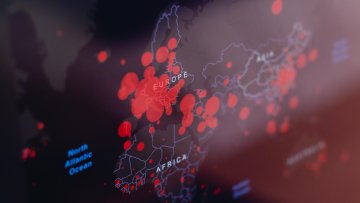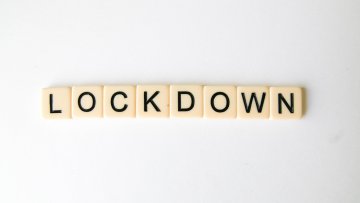Twisted eleven-dimensional supergravity and exceptional lie algebras
Abstract
I'll describe an interacting holomorphic-topological field theory in eleven dimensions defined on products of Calabi-Yau 5-folds with real one-manifolds. The theory describes a certain deformation of the cotangent bundle to the moduli of Calabi-Yau deformations of the 5-fold and conjecturally describes a certain protected sector of eleven-dimensional supergravity. Strikingly, the theory has an infinite dimensional global symmetry algebra given by an extension of the exceptional lie superalgebra E(5,10) first studied by Kac. This talk is based on joint work with Ingmar Saberi and Brian Williams.





